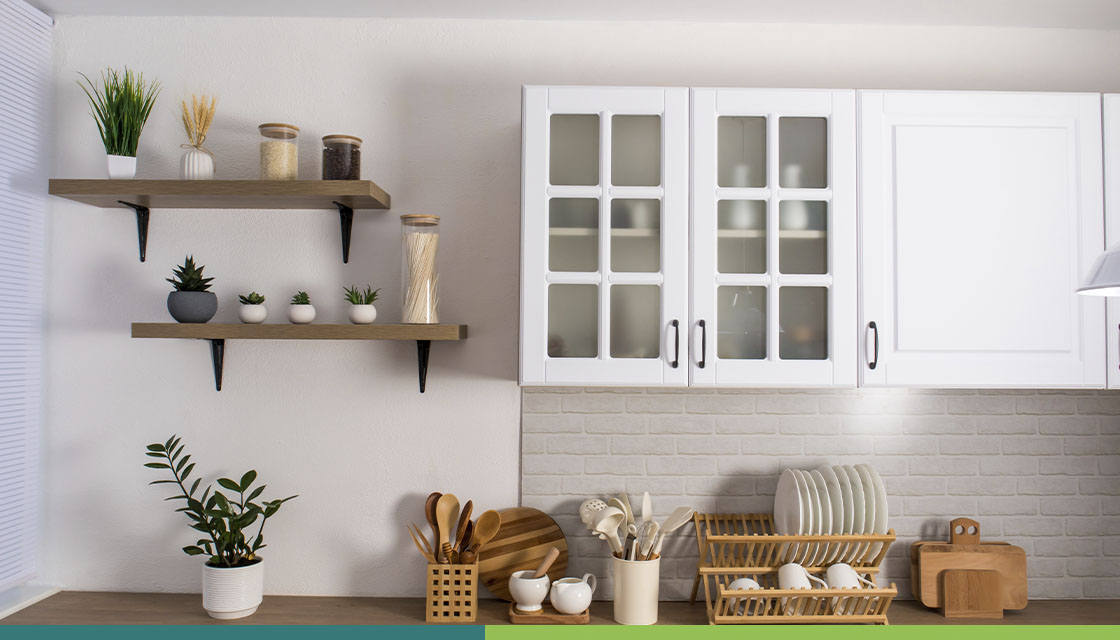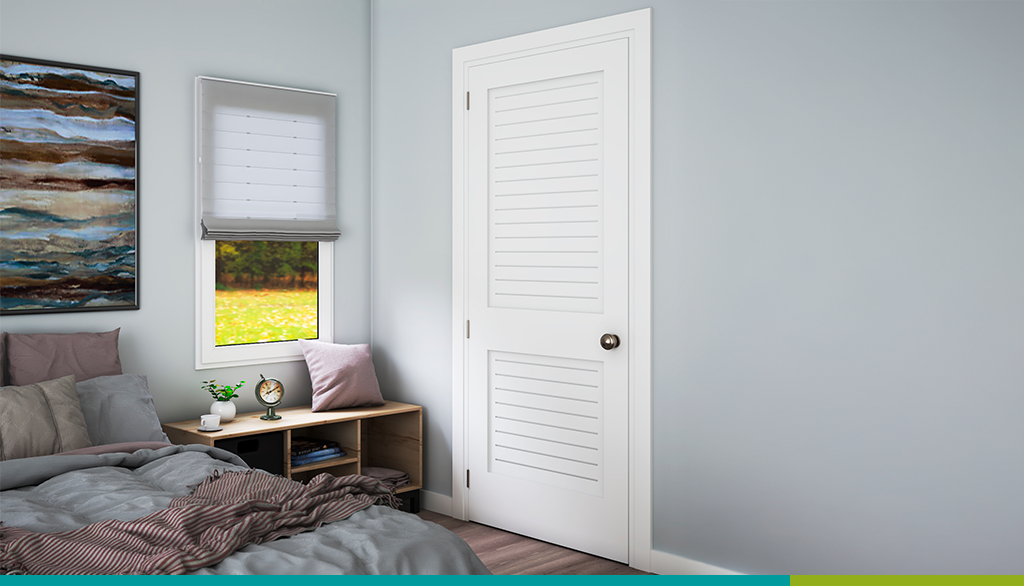The content will present what are the principles of the sustainable decoration trend and how it is possible to apply this in the internal environments of the house.
There are many reasons that sustainable home decor is trending. It encompasses three very important topics: health, wealth and the planet. What is the best option for your health (low VOC emissions) is often what is best for the planet and can be surprisingly affordable.
Some people think that sustainable home decor is expensive. When compared to “fast fashion” items that are easily purchased for less money, yes, sustainable products do cost more. Wherever the fiscal cost is low, there are almost always hidden environmental and social expenses that bear the burden.
Sustainability doesn’t have to be expensive. Second hand or refurbished materials are fun to shop for and often are less expensive than buying something brand new. Artisanal or craftsman products cost more money, but are way better for the environment.
Check out these sustainable home decor tips to incorporate this timeless trend into your home.
Principles of Sustainable Home Decor
Sustainable Forestry
Sustainable forestry focuses on keeping native ecosystems intact. Tree farms, or plantations, allow for timber to be harvested without disturbing native ecosystems. When trees are cut down, new trees are planted in their place. Because quickly growing trees capture more carbon, this type of farming actually sequesters carbon from the atmosphere.
High quality products must come from high quality sources that take the longevity of the environment into consideration. We feel good about the origin of our materials, so you can rest assured that you are getting the best door for you and yours.
When shopping for wood products, make sure they carry the FSC mark to ensure the product is made from sustainable wood.
Eightdoors’ products are manufactured with certified wood, meaning we don’t use wood from;
• Areas where civil and traditional rights have been infringed;
• Forests with high conservation value;
• Genetically modified forests;
• Illegally exploited forest areas;
• Areas in which the native forest is converted into plantations.
Learn more about the origin of our materials.
Sustainable Fabrics
Textiles with an Standard 100 Oeko-Tex Rating is the world’s most reliable system for measuring the safety rating of textiles. The rating means that every thread in the textile contains no chemicals that are harmful to humans. Not only does this guarantee that textiles are safe for your and your family, but it also suggests that the textiles were made sustainably. These types of fabrics are better for you, the textile workers and the environment.
Some of our favorite sustainable textiles and textures are;
Linen
Wool
Canvas
Vegetable Tanned Leather
Cotton
Bamboo
Hemp
Reduce Waste
A lot of people think that they have to buy all new things when decorating sustainably. Whereas you can buy sustainably manufactured items, sometimes the most sustainable thing to do is buy something that has already been on earth for a while! Shopping for thrifted and second hand items is fun and most importantly, sustainable. It keeps items out of the landfill. Used items don’t create any additional landfill products like packaging and bubble wrap.
If you are buying new, look out for 100% recyclable or compostable packaging. If that isn’t possible, try connecting with a small business. They are often interested in reducing costs by repurposing packaging!
Longevity
Sustainable items should have a long lifespan. When you are bringing something new into your home, you should ask yourself where the item will go when it’s at the end of it’s life. Can it be repurposed, recycled, upcycled, composted or safely burned? If it can only end up in the landfill, chances are it is not a very sustainable product.
When buying new furniture, think of it’s lifespan. Is this something that could become a family heirloom? Is it built to last? Or is it made out of cheap materials that are more likely to be trash than treasure in 15 years?
It is tempting to keep up with all of the latest design trends. Some looks are truly timeless. It’s important to find these core items that can stay with you for years to come without looking dated.
Reclaimed Products
Sometimes finding FSC wood is difficult and expensive. A great alternative is to reuse wood, especially in a rustichome where weathered wood would fit right in! Using old materials has essentially no carbon footprint, aside from transportation.
Curb Consumerism
“Have nothing in your home which you do not know to be useful or believe to be beautiful.” – William Morris
On trend with the minimalist look, curbing consumerism will keep your house clutter free and more sustainable. If you want to buy something, it must be useful or you are absolutely in love with it.
If you like to keep up with the latest trends, find a way to do it without creating waste. Donate or sell outdated items instead of throwing them away. Try to source your trendy accents second hand or from a local artisan instead of buying online.
Interested in learning more about home decor? Subscribe to our newsletter for monthly insights!




Sustainable decor is so important! This reminds me to go plant shopping this weekend.
Leave a comment